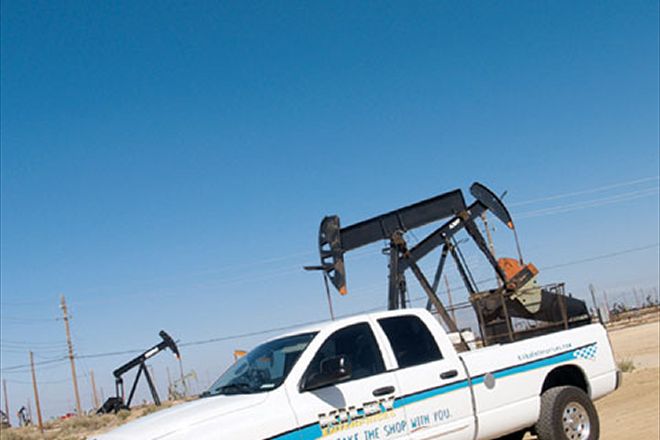
In terms of fuel consumption, all major OE manufacturers leave room for improvement. It is no secret that the internal-combustion engine falls short when converting a gallon of fuel into motion. Typically, fuel efficiency on modern gas engines falls somewhere between the 60 and 80 percent range. This means that 20 to 40 percent of the fuel you pump into your tank is lost as heat, noise, and/or emissions. Diesel engines offer a slightly better return on a gallon, but as so many who already own a diesel know, the rich oil tycoons have agreed to punish those of us with a preference for oil-burners, charging upwards of $4.50 for a single gallon! Is it fair? Heck no. Can you do something about it? Heck yeah. Check out the fuel-saving products we tested on an '03 Dodge Ram 3/4-ton turbodiesel. The results were outstanding, netting significant improvements in mpg. While this article features diesel tech, there are plenty of applicable mile-saving tips in this story for those of your who run conventional dino-juice, too.
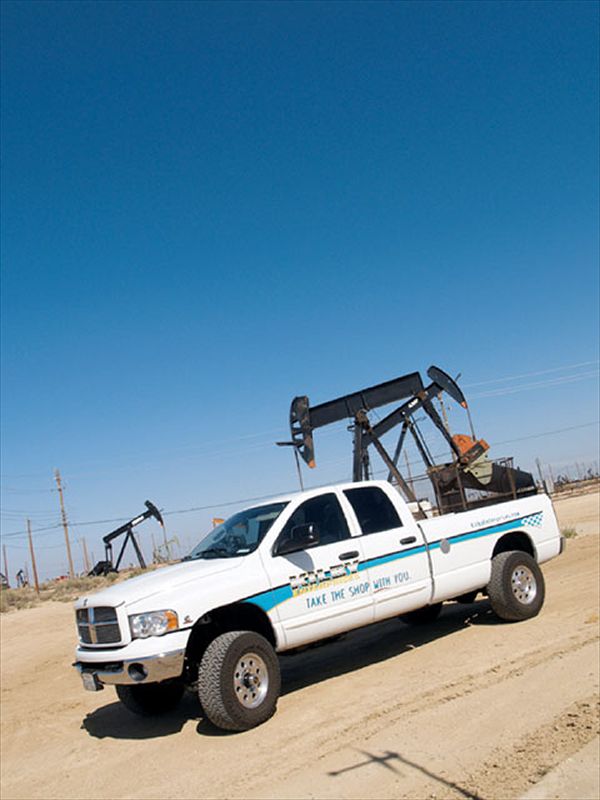
Our test truck belonged to Kilby Enterprises. It was picked because its owner, Brad Kilby, didn't mind us racking up some 17,050 miles over six months to generate data on our test products. We also picked the truck because it represented what we think a majority of our readers might own, especially those who are concerned about fuel economy. Equipped with four-wheel drive and an automatic transmission, this quad cab longbed started our test with 44,329 miles on the clock. Kilby had already installed a 4-inch after-cat exhaust system, a cold-air intake from aFe, and a leveling kit to clear 35-inch mud tires. The rig hadn't ever seen the stellar mpg numbers in this arrangement-at least, not the numbers you would expect from a Cummins diesel, but Kilby didn't drive the rig on the highway very much to start with. The first thing we needed to do was generate some baseline data. To do this we drove the truck all over California loaded and unloaded for 2,020 miles. During this phase of the test, the truck returned an average fuel economy of 13.56 mpg. These test miles consisted mostly of highway cruising, 55 to 70 mph, nearly a quarter of which was spent towing (527 miles) our Project Teal Brute on our Carson flatbed trailer, a total combined weight of 18,490 pounds. We wanted to generate data the same way most people would use this type of truck. As such, towing was a necessary portion of the test.
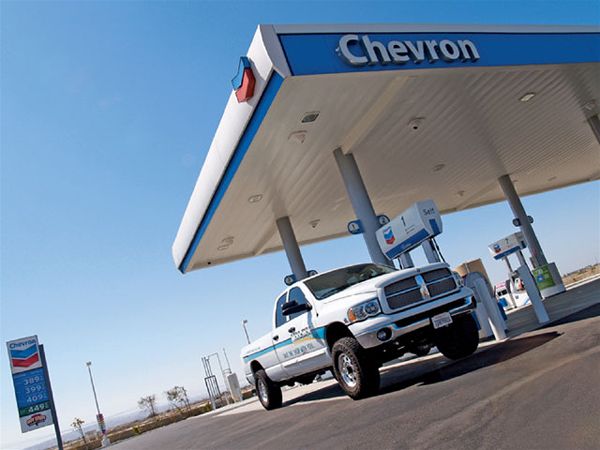
To keep things fair, we used No. 2 diesel fuel purchased exclusively from Chevron gas stations. We kept track of mileage, gallons pumped, and each station's price per gallon to demonstrate just how much diesel prices fluctuate here in the western region of the country. The most expensive price we paid was $4.99 per gallon, while the best price was $4.11. In the end, our average price paid per gallon was $4.42. Averaged out over 48 fill-ups, this equated to 355.20 miles per fill-up.
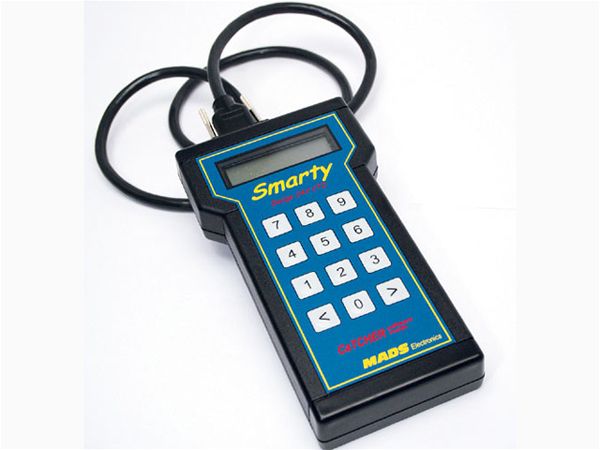
One item we hear a lot of folks debating about these days is programmers. Many options exist in this area of the aftermarket that claim to increase fuel economy while adding power at the same time. We wanted to test this claim for ourselves to see just what kind of improvements could be untapped with an electronic gizmo. After much research online about different programmers, we decided to test the Smarty by MADS Electronics. The Smarty S-06 is super-easy to use, requiring just under five minutes start to finish. The unit allows end users to select from 10 different performance settings. Each setting changes a variety of engine parameters including timing, fuel pressure, and boost fooling. The Smarty also allows users to adjust the top speed limiter, recalibrate the ECU for different tire size, and allows users to diagnose trouble codes via the OBD-II port. We set the Smarty to setting No. 2 as recommended for fuel savings by the included product manual. This setting suggests gains of up to 2 mpg, though we did not see this. What we did find after setting the Smarty to level 2 was quicker throttle response and faster turbo spoolup. Fuel economy remained consistent during our testing, though a noticeable "snappiness" made the truck a lot more fun to drive. The Smarty product line is available through KLM Performance, an online resource for suspension, drivetrain, and engine performance products.
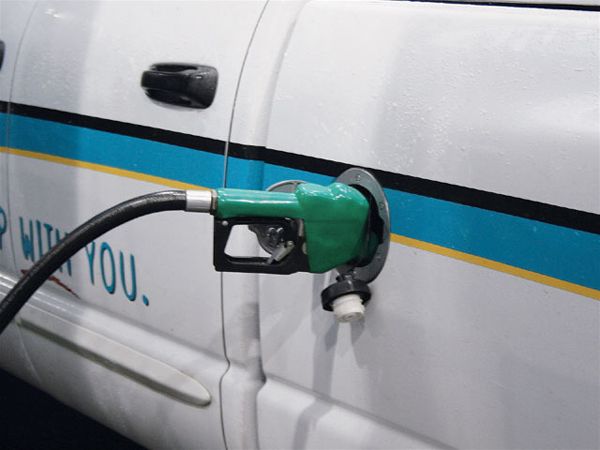
One important detail to note about the way we did our testing is fill technique. We wanted to get consistent results from each fill-up. So early on, we established a procedure to prevent anomalies. This consisted of filling the tank until the pump shuts off automatically, waiting 10 seconds and then continuing dispensing fuel until the pump shut off once again. We knew if we topped off any one tank, our data could be compromised. The truck's fuel tank held approximately 34.5 gallons of diesel.
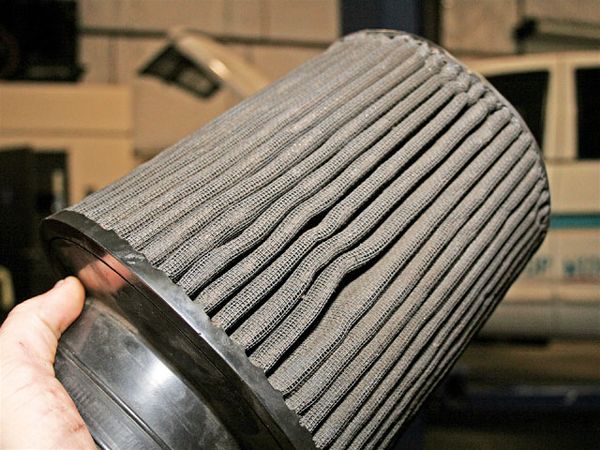
The next thing we tested was the air filter. In most cases a dirty air filter will affect fuel mileage on a gasoline engine. In this case, due to the fact that the truck was a turbodiesel and Kilby hadn't cleaned his aFe conical filter element for quite some time, we didn't know what to expect. As seen here, a thick layer of dusty grime coated the filter's entire surface. Once clean, we ran a tank of fuel through the truck at highway speeds and noticed no substantial change in fuel economy. We suspect that the lack of noticeable increase had to do with the fact that the turbo pulls a great deal of air volume through the element regardless of restriction. This is one of the nice things about running a filter element with increased surface area.
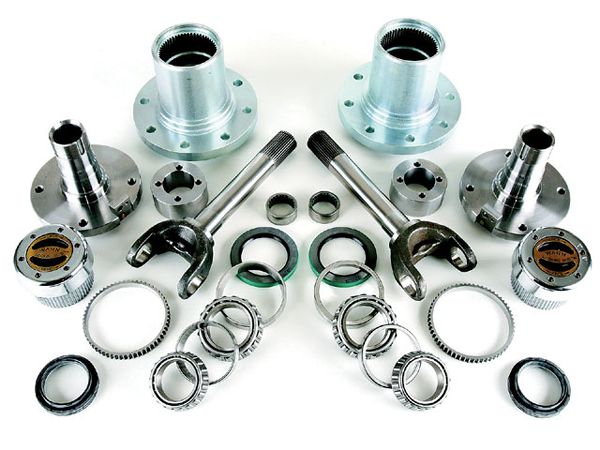
Dynatrac is a known leader in drivetrain components worldwide. The Free-Spin manual hub conversion is a product that is said to offer improvements in fuel economy to the tune of 2 to 3 mpg. The way it works is simple: By eliminating the rotational resistance or drag of front axle and differential parts, you eliminate friction. As we all know, friction robs horsepower and in turn, fuel economy. We like the fact that the Free-Spin setup prolongs the life of all front axle parts significantly by simply letting them sit stationary instead of spinning as the truck moves.
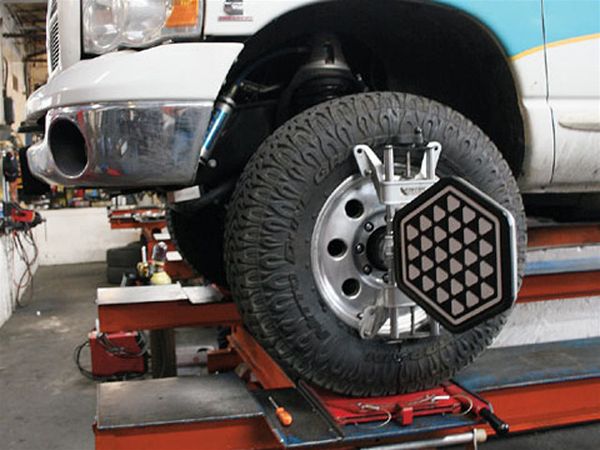
With our baseline data recorded, we started our product testing with a new set of Nitto Dune Grappler tires and a front-end alignment. We figured this would enable us to generate results with greater accuracy over the old, worn-out Pro Comp XTerrains Kilby was running prior to our modifications. Another reason we did this was to see if an alignment, or a less aggressive tread, would actually affect fuel economy. Once completed, we didn't notice any significant changes in mpg, though these additions gave us greater confidence collecting further test data. All testing was performed with tires inflated to 45 psi at each corner.
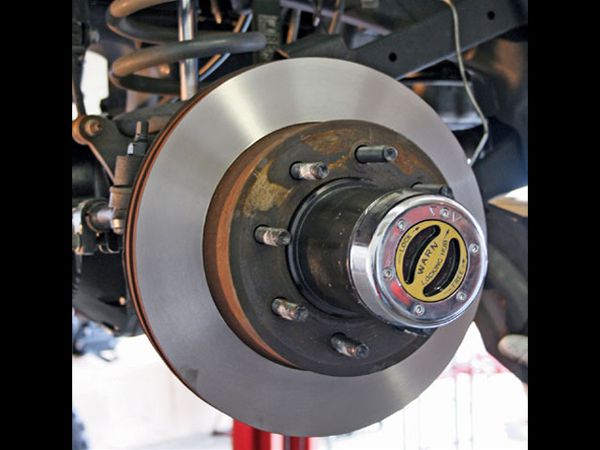
The good folks at Off Road Unlimited in Burbank, California, performed the installation of the Free-Spin kit for us. The whole process is rather simple; remove each front wheel, axle, and hub assembly and replace the outer parts with the Dynatrac pieces. The Free-Spin conversion is available for solid-axle Dodge Ram and Ford Super Duty pickup trucks. We got our Free-Spin Kit from KLM Performance of Wilton, Connecticut. With the Free-Spin conversion installed, we first noticed a generous improvement in steering feel. What once caused motion restricting steering feedback was now absent. Negotiating maneuvers in tight parking lots was much easier. In our subsequent testing, we noticed a 1.86 mpg gain on the highway. However slight the increase, the Free-Spin conversion is a worthwhile investment because it eliminates those expensive unit bearings and replaces them with traditional-style tapered roller bearings. This setup saves you money when the time comes to replace front-end bearings.
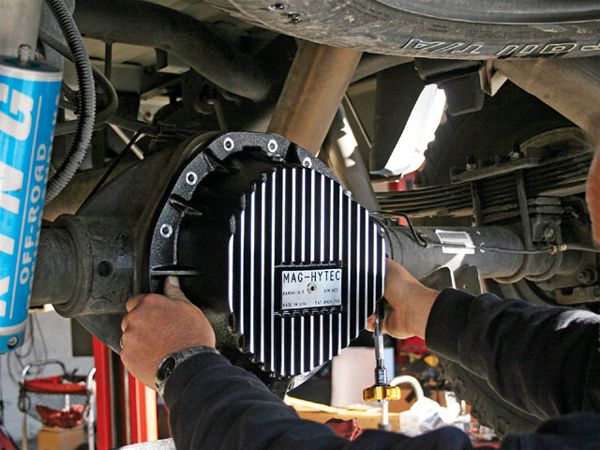
Next we continued in our quest to reduce friction and had both the front and rear differentials serviced. Upon doing so, we had the guys from Off Road Unlimited swap in a set of Mag-Hytec differential covers. Our logic was simple; reduce operating temperature inside each differential and prolong diff lube life. Aside from looking cool, the Mag-Hytec diff covers feature O-ring seals, finned cooling, a magnetic drain plug and temperature probe ports.
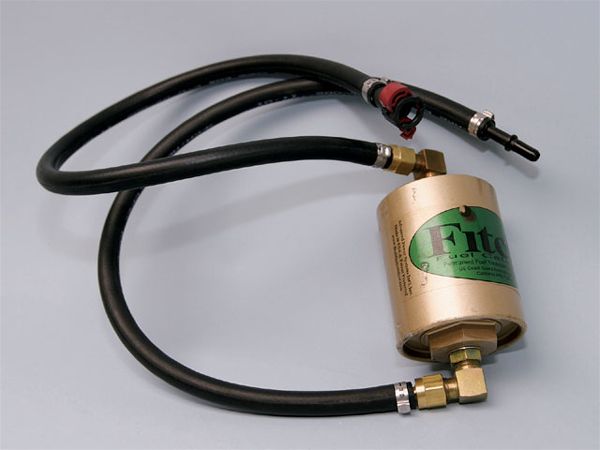
Another product that we tested that claimed to improve fuel economy was the Fitch Fuel Catalyst from Advanced Power Systems International. In the simplest of terms, the Fitch Fuel Catalyst modifies fuel prior to the combustion process, neutralizing it of undesirable effects of storage and transportation. In a nutshell, fuel is attacked by oxygen, ozone, and microorganisms (bacteria, yeast, and mold) that grow in storage tanks and delivery pipelines. A less-than-optimal fuel will produce less engine efficiency, less performance, more emissions, soot buildup, and deposits in engine oil and injectors. By installing a Fitch system, the fuel is treated with the catalyst material on board the vehicle, re-refining the fuel to its most optimal state allowing the engine to produce maximum performance and efficiency.
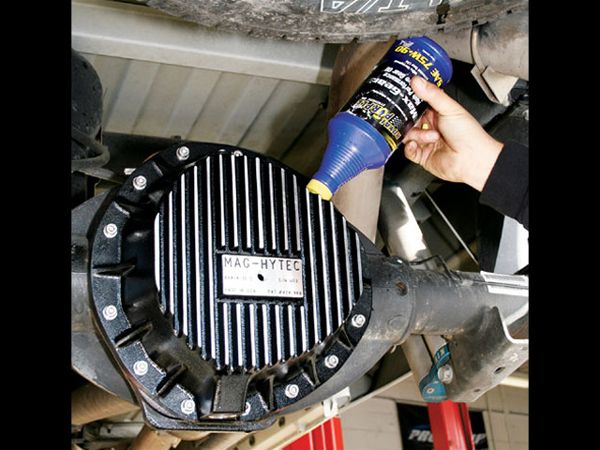
When we did the differential service, we used genuine Royal Purple gear lube. Royal Purple gear oil is a synthetic lubricant designed to decrease friction and extend bearing and gear life by creating an ionic bond between the oil and metal for continuous protection. While we didn't see any additional increase in mileage afterward, we did notice that the differentials ran cooler with the improved lubricant. We used a laser temperature gun to prove this. In every scenario the Royal Purple oil was 55 to 108 degrees cooler running than the factory lube with more than 44,000 miles on it.
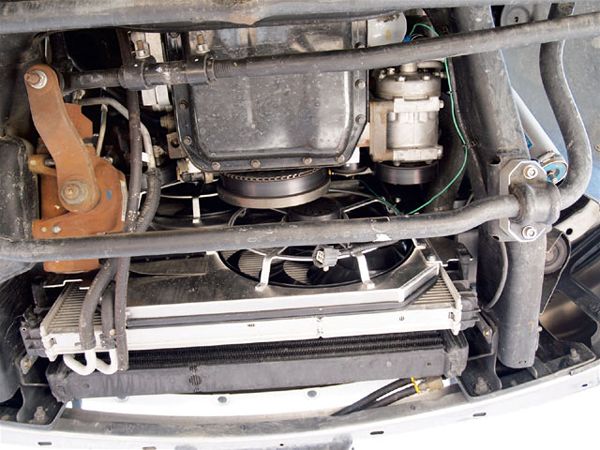
The next product we tested was an electric fan conversion by Flex-a-lite. Designed specifically to replace the stock beltdriven fan, the Flex-a-lite unit features dual 15-inch 12-volt motors that spin eight composite S-blades up to 2,100 rpm. The effect of this product is reduced drag on the engines accessory drive system. The claimed fuel savings results from this reduction in engine drag. We weighed the OE clutch fan assembly once it was removed from the truck and were surprised to find it weighed 13.4 pounds. By removing the beltdriven unit, the engine does not have to spin the mass of the fan and clutch assembly, nor does it have to overcome the drag associated with airflow spinning the fan as the vehicle moves. Our testing didn't result in the claimed 6 percent fuel savings, but the unit did net an additional 1.12 mpg over the data collected prior to its installation. The unit we tested was pretty easy to install, the hardest part being removal of the factory clutch-fan assembly. Once installed, the polished-aluminum shroud assembly added a trick racer-appearance to an otherwise plain-looking engine compartment. We must note that Flex-a-lite doesn't recommend this product for those who tow loads in excess of 18,000 pounds regularly.
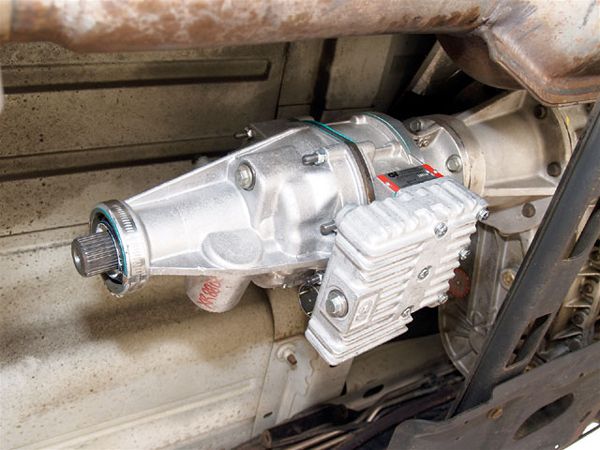
If we had to categorize the products we tested on a scale of 1 to 10, 10 being the product with the most significant impact on mpg, we would have to give the next product a 10. Say hello to the Gear Vendors overdrive unit. This secondary transmission enables drivers to drop into a double overdrive gear while cruising at highway speeds. The effect lowers engine rpm significantly, allowing less fuel to be consumed. We were amazed at how quickly we noticed an outstanding savings of 3.22 mpg when the unit was in use. The unit features an automatic and manual mode and is equipped with a foot-operated engagement switch. The device installs in place of the transmission's tailhousing. Only the rear drive axle can benefit from the overdrive once it's engaged, therefore an electronic interlock control unit comes with the product to ensure proper operation. If wired correctly, the Gear Vendor unit will not work in four-wheel drive. We thought we should mention the additional maintenance required by the device as the unit features its own lubrication system. In heavy towing applications, Gear Vendors suggests changing the unit's oil every 5,000 miles, though we let ours go to 10,000 miles and found it functioned properly.
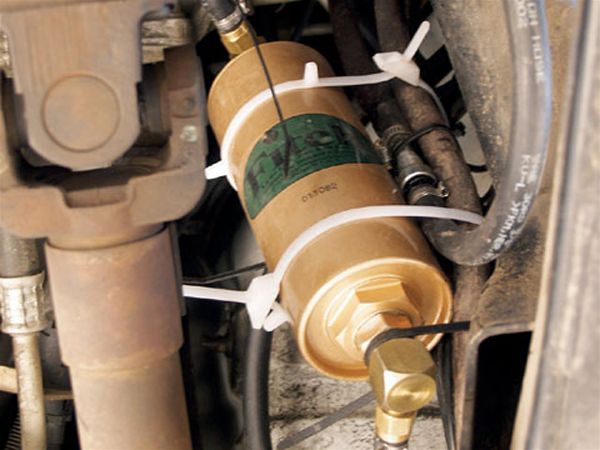
The Fitch unit installs inline, much like a fuel filter. As you can see here, we simply zip-tied it to the framerail under the driver side of the truck. While our testing didn't net the claimed maximum gain of 2.5 mpg, it did see notable gains to the tune of 1.37 mpg over 4,383 miles.
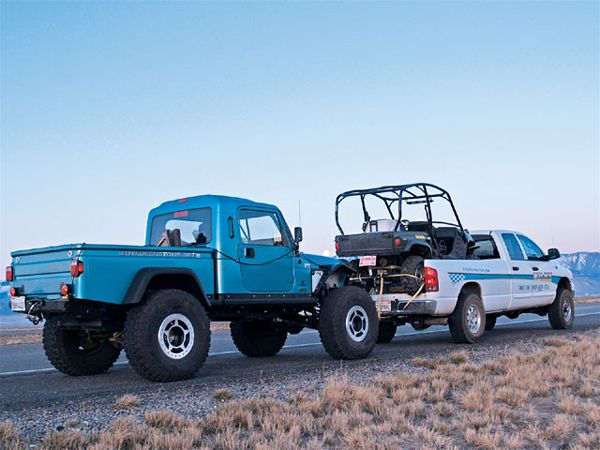
End Results
Our best fuel economy was observed while driving in double overdrive with the truck unloaded, the hubs unlocked, the Fitch and electric fans hooked up, and while traveling 55 to 60 mph on flat asphalt roads. The average for this scenario was 21.13 mpg, not bad for a 3/4-ton pickup on 34-inch-tall tires. While towing, our average increased to nearly 15.5 mpg over a 2,408 mile trip.